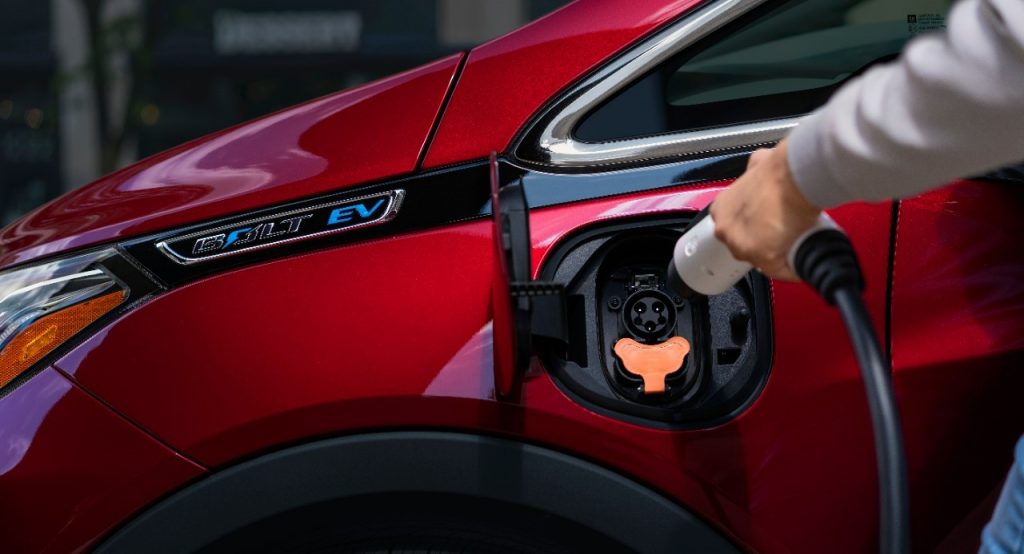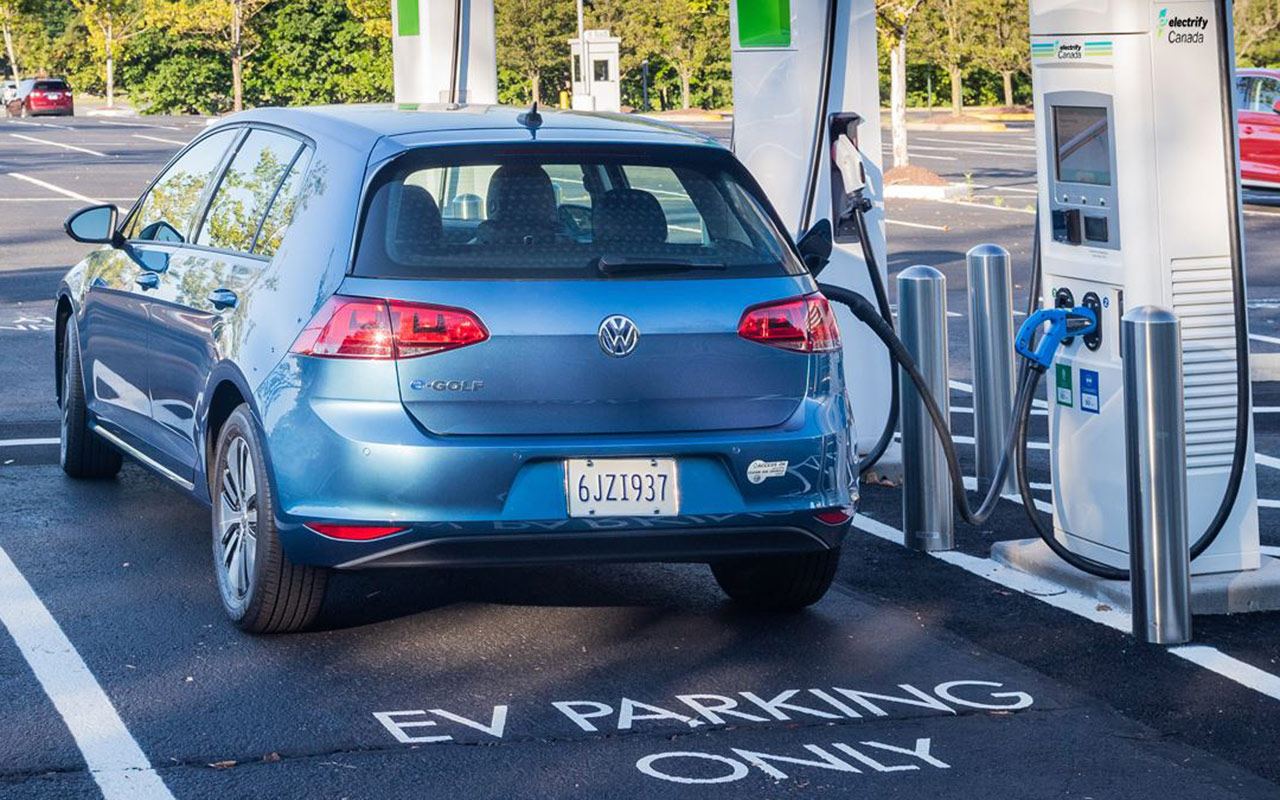There are a number of large hurdles in the transition to electric vehicles and charging is one of the tallest. With that in mind, many of them have started to attach solutions to their sales plans that could fuel customer adoption. Here’s a look at what Chevrolet and Mercedes are doing and how a third-party charging company is lending a hand.
When a customer drives away from a dealer lot in a new electric vehicle, there’s a Level 1 charger included in the sale that’s waiting to be plugged in when they get home. Those chargers are notoriously slow though and can take several hours before they add any sort of substantial range. We’re talking three to five miles per hour of charging.
That’s why brands like Chevrolet and Mercedes are beginning to include special home charging perks with new EV purchases in Canada. Mercedes for its part allows buyers to include the cost of a home charger in their financing. Customers still need to pay for the installation directly but having help choosing the right charger makes the process just that much smoother.
Read Also: Electrify America Introducing New Charging Stations With Lounges And Event Spaces
Chevy is going a step further by offering free installation of a 240-volt outlet at their residence. No need for a standalone charging station is another benefit of the system. While nowhere near as fast as a high-speed Level 3 public charging station, it will allow Bolt EV and EVU owners to fully charge their batteries in about 10 hours or less.
“Chevrolet’s overall goal was to make EV ownership simple and … more convenient,” said Mike MacPhee, Chevrolet brand director at General Motors Canada. “Over 80 percent of people charge at home, even more so during a pandemic. … We’re really giving a seamless way to find electricians, install and make EV ownership a simple part of their daily routine.”
That routine ease is something Electrify Canada is working towards as well by offering installation of home chargers. Audi EV owners can even link their home charger to their utility company and set the charger so that it only works during off-peak rate swings. That would allow them to save even more cash.
None of these solutions will be the make or break point for every potential EV customer but it’s a good indication of what many other manufacturers might be considering.






